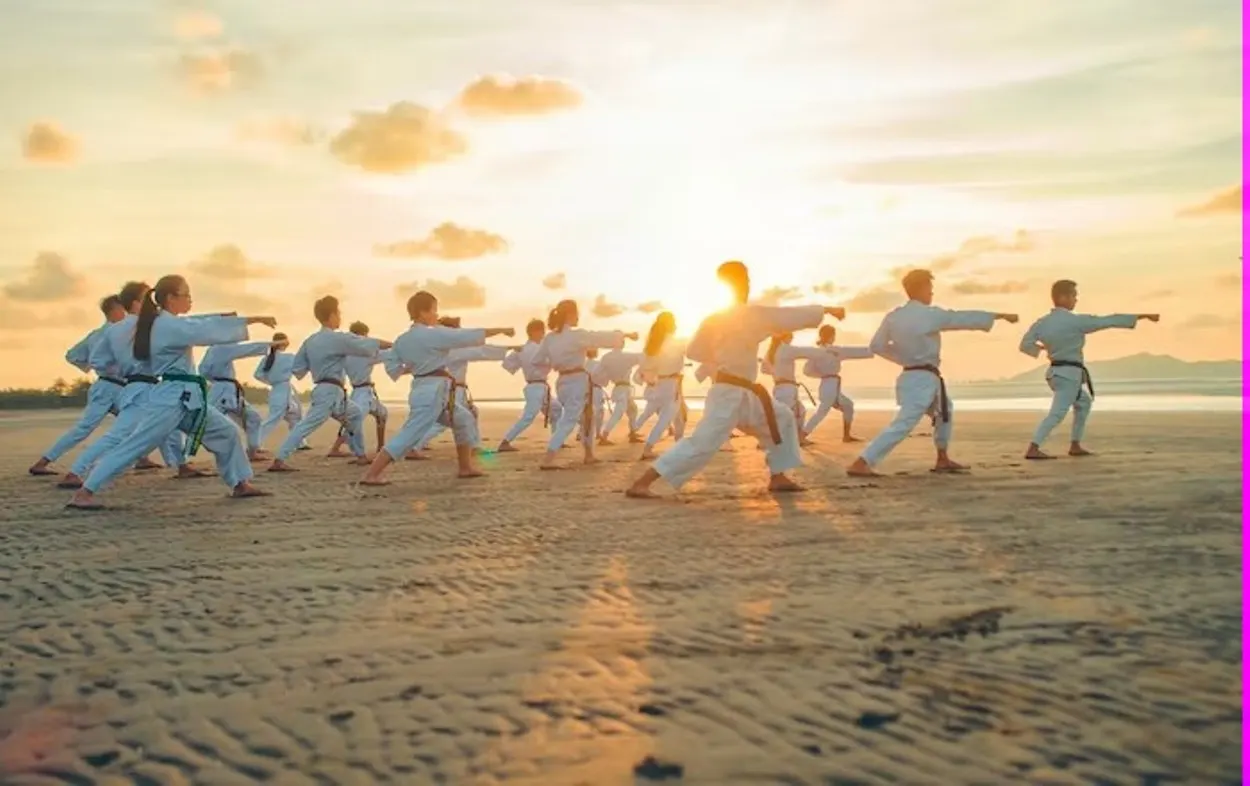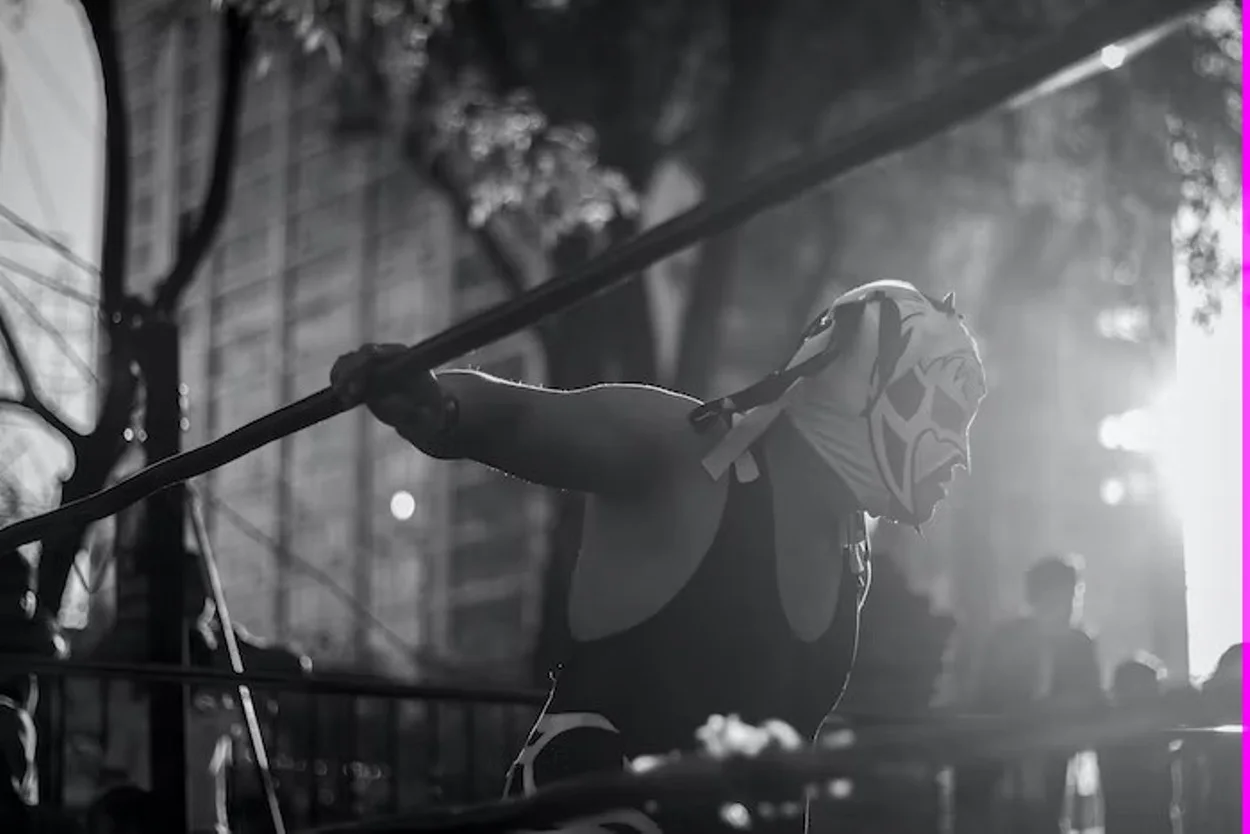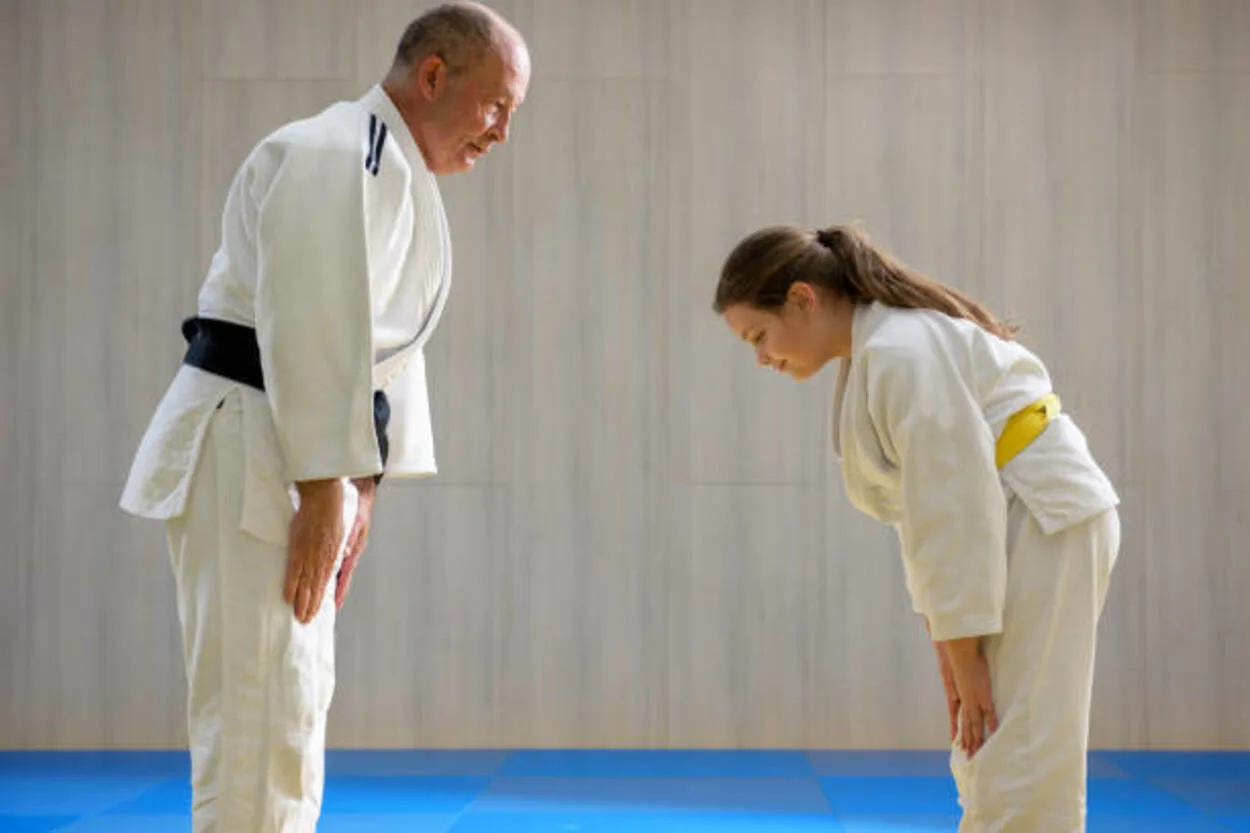As the names of the topics—judo and wrestling—indicate, martial arts come to mind first. Martial arts, which are codified combat systems and traditions, serve a number of purposes, including self-defense, military and law enforcement applications, competition, physical, mental, and spiritual growth, entertainment, and the preservation of a country’s intangible cultural heritage.
There are a few styles within each of the four primary subcategories of martial arts: Japanese, Chinese, Korean, and Brazilian. Mixed martial arts (MMA) is a subclass of martial arts that blends aspects of martial arts and other combat sports.
Both judo and wrestling are martial arts-based combat sports. The two types of sports have some differences even though they are essentially the same.
Judo emphasizes agility and quickness, whereas wrestling emphasizes energy and resilience to endure.
Both judo and wrestling are different genres of combat sports. Their fighting styles and strategies are where the two diverge most.
So without any delay, let’s learn about martial arts and grappling games.
Martial Arts
Martial arts is a fighting pastime or expertise played commonly in Asia. There are mainly two types of martial arts: armed and unarmed martial arts.

1. Armed Martial Arts
It includes spearmanship, swordsmanship, and archery.
2. Unarmed Martial Arts
Unarmed martial arts highlight the movement of hands and feet. It is the body handling in which grip and timing are used.
Some common examples of unarmed martial arts are karate and taekwondo.
Grappling Martial Arts
Grappling is a fighting game in which no weapon is used and it can only be played on the ground.
Grapple simply means to hold someone tightly with a powerful grip. The rules of grappling are different from common martial arts.
Martial arts is a sport, while grappling means getting the upper hand on a rival by locking him in a strenuous position. It can be used in diverse situations, whether you are practicing self-defense or martial arts.
The Way of Playing Grappling Martial Arts
Grappling is a combat sport played with full contact, including throws, sweeps, trips, clinch fighting, and ground fighting. It frequently requires takedowns and controls.
The contest of grappling ends when a participant admits defeat. Judges finalize the winner at the end of the fight when times up, on the basis of who applied more control.
Some common techniques of grappling are:
- Clinching
- Takedowns
- Throws
- Sprawling
- Submission holds
- Escapes
- Turnovers
- Sweeps
- Securing technique
Now, let me explain judo and wrestling briefly.
Judo
Judo (powerful way) is a Japanese martial art sport, and now it has a place at the international level in the Olympic Games (1964) as well.
It was invented in 1882 by blending jujutsu, which means close combat. This sport’s promoter is known as a Judoka. The uniform of judo is the judogi.
The purpose of this practice is to grip an opponent, and disable them with a force at a hinge lock, or choke. The belief of judo spins around two main objectives i.e
Seiryoku-Zenyo simply means the systematic use of power, and Jita-Kyoei is known as requited well-being and satisfaction. It also generates a number of other types of play, for example, Brazilian jiu-jitsu, Krav Maga, sambo, and ARB.
Judo also impacts other combat like mixed martial arts, shoot wrestling, close-quarter combat, and submission wrestling.

History of Judo
The founder of judo is a Japanese educator and scholar, Kanō Jigorō (1860-1938). In the Kamakura Period (1185-1333) and as late as the Edo Period (1603-1867), Japan was governed by samurai.
Samurai actually known as a group of professional fighters. The samurai introduce jujutsu to brawl enemies at the battleground. Numerous styles of jujutsu evolved at the beginning of the Edo Period, and it became an important guise of military training.
Kano Jigoro: The Creator of Judo
The Meiji Restoration ended the Samurai era in 1868 when Japan renovated and western culture entered, which started impacting Japanese society.
A young man Kano Jigoro saved jujutsu from extinction. He was a man with a small physique and an inferiority complex on his body.
In May 1882, he started a new school of modern technology which is nowadays called Judo. He was 21 at that time. He opened this school at a temple which was around 16sq ft only.
Place in Olympics
Jigoro traveled to Europe in 1889 to launch judo for the first time outside of Japan. But after a long period of struggle, in 1964, judo became part of the Tokyo Olympics for the first time. Only male judo was first granted in the official Olympics.
Female judo was first introduced as a sport in 1988 (Seoul Olympics). But now it has a proper place in the 1992 official Olympic program (Barcelona Olympics).
Nowadays, not only the Japanese but also people from other countries play this game with a passion and get gold or silver medals.
Presently, 204 countries around the world take part in the international judo association. This sport is extraordinarily famous in Europe.
Japan, as the founder of judo, spread its practitioners to encourage judo in other regions of the world. In reality, the people of France exercise judo more than the people of Japan.
Some Famous Judo Masters
- Wim Ruska
- David Douillet
- Teddy Riner
- Hitoshi Saito
- Ilias Iliadis
- Masato Uchishiba
- Anton Geesink
- Tadahiro Nomura
- Yasuhiro Yamashita
- Kano Jigoro
Wrestling
Like judo, wrestling is also a grappling game in which competitors force each other to touch the ground with their bodies other than their feet, pressing the opponent’s body against the spine for a fixed period of time.
There are three types of contests in wrestling i.e jacket and belt wrestling, loose styles and catch hold. All of these styles were driven by antiquity:
- Jacket and belt style: In this style, the uniform of the participant provides the idea of taking a grasp on the second participant.
- Loose style: This style is commonly used in modern competitions, in which taking hold of the participant’s uniform and using a deadly grip for example stranglehold.
- Catch hold style: This style allows a participant to take hold of the competitor before the contest start, frequently the grip should be maintained all over during the struggle.

History of Wrestling
Wrestling is one of the oldest forms of combat sport. It originated about 15,000 years ago, as the cave drawings in France and India prove.
In ancient Greece, this was a well-known form of entertainment and had an eminent place in philosophy and literature.
It became a part of the Olympics in 776 B.C. At the start, there were two wrestling competitions: a topping event and a pentathlon. The very first English competition was held in the 13th century in London.
Modern Wrestling
Modern wrestling is a bit different from the old version of the game. The main principle as given by UWW is categorized into two pieces: international playing discipline and folk wrestling discipline.
When playing internationally, the competitors are from different states, and they play in a raised ring. American-style wrestling companies like WWE, Impact Wrestling, and ROH sponsor wrestling events all over the world.
Folk-style wrestling represents fighting competition at a local level. It has a cultural value.
Some of the folk styles of wrestling are Kurash (Uzbekistan), Pehlwani (India), Naban (Maynmar), Shuai Jiao (China), Tigel (Ethiopia), and Ssireum (Korea). These styles are not recognized internationally by the UWW.
Nowadays, modern wrestling can be played in different styles. Greco-Roman wrestling and Freestyle wrestling.
Greco-Roman wrestling (American) is a wrestling style played internationally. It was first included in the Olympics in 1896. Its style excludes pressure below the waist, making it different from freestyle wrestling. It is an amateur competitive practice.
Freestyle wrestling arises at the time of Great Britain. Together with Greco-Roman wrestling, freestyle wrestling is also a part of the Olympics.
The goal of this style is also the same as the Greco-Roman style, which is to throw the opponent to the mat, but unlike the Greco-Roman style, the participant can use their legs in offense or defense.
Famous Wrestlers
- John Cena
- The Undertaker
- The Rock
- Hulk Hogan
- Ric Flair
- Stone Cold Steve Austin
- Shawn Mitchell
- Roman Reigns
- Triple H
- The Great Khali
Here is a column in which I tried to differentiate judo and wrestling in brief.
| Judo | Wrestling |
| It is Japanese martial arts. | It is a combat sport; that originate from the old Era of India or France. |
| The participants wear a proper white uniform with a belt. | The participants only wear spandex or a short. |
| It includes both grappling and throwing techniques. | It only includes throwing techniques. |
| It doesn’t focus on submission holds. | Wrestling focus on submission holds. |
| In this match, the participants have to hold the upper body of the opponent. | While in this sport, participants can use the opponent’s legs to take hold. |
Judo or Wrestling: Which is Better?
Besides all the facts about these arts, judo and wrestling are both body types that practice on the ground. They often use self-defense techniques and safety.
When it comes to choosing which sport is best, it totally depends on your interest. Both of these teach the learner how to control the opponent on his/her body.
Conclusion
- At the end of the article, we can simply say both sports can be applied when it comes to self-defense.
- Both of these techniques teach how to take hold of an opponent.
- There are so many resemblances in both of these sports, but commonly judo’s focal point is agility and rapidity while wrestling focuses a lot more on vitality and toughness to undergo.
- Lastly, it’s best to learn both of the techniques as they are different from each other in some expects.

